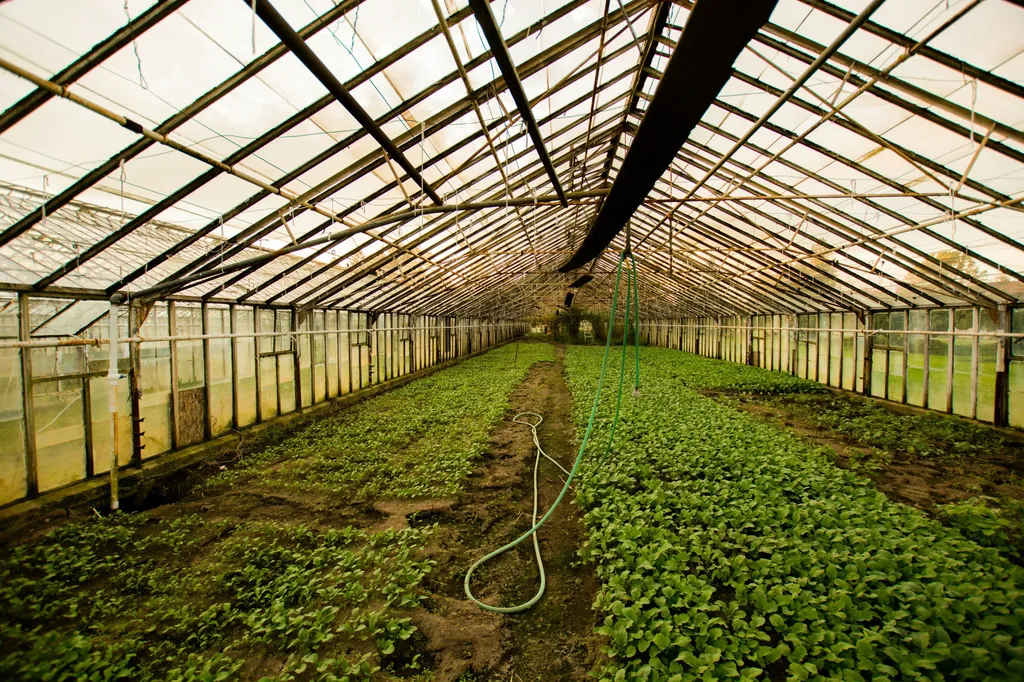In the quest to optimize greenhouse designs for energy efficiency, a recent study published in the *Revue des Énergies Renouvelables* (translated as *Journal of Renewable Energies*) has shed light on the often-overlooked aerodynamic behaviors inside and outside tunnel greenhouses. Led by Mohammed Aissa of the Unité de Recherche Appliquée en Energies Renouvelables (URAER) at the Centre de Développement des Energies Renouvelables (CDER) in Ghardaïa, Algeria, the research employs computational fluid dynamics (CFD) to explore how variations in pressure, drag, and lift coefficients can influence greenhouse performance and material selection.
Greenhouses are critical components of modern agriculture, providing controlled environments for crop cultivation. However, the microclimates within these structures are complex and influenced by a multitude of factors, including air velocity and solar radiation. While temperature, humidity, and carbon dioxide concentration have been extensively studied, the aerodynamic parameters that affect air energy and motion have received less attention. Aissa’s research aims to bridge this gap by investigating how these parameters develop both inside and outside the greenhouse, potentially impacting the choice of materials such as polyethylene or Plexiglas coverings, and iron or aluminum framing.
Using Fluent software for post-processing, Aissa’s team solved the Navier-Stokes fluid dynamics equations with the finite volume method and the Large Eddy Simulation (LES) Smagorinsky turbulence model. This sophisticated approach allowed them to simulate and analyze the aerodynamic behaviors with high precision. “Understanding these aerodynamic parameters is crucial for designing more energy-efficient greenhouses,” Aissa explains. “By optimizing the materials and structures based on these findings, we can reduce energy consumption and improve the overall sustainability of greenhouse agriculture.”
The study’s findings have significant implications for the energy sector, particularly in the context of renewable energy integration and energy-efficient design. As the demand for locally grown produce increases, so does the need for greenhouses that can operate efficiently with minimal energy input. By focusing on aerodynamic behaviors, Aissa’s research provides valuable insights that could lead to the development of more advanced greenhouse designs, ultimately benefiting both farmers and the environment.
Moreover, the research highlights the importance of interdisciplinary collaboration in addressing complex challenges. By combining expertise in fluid dynamics, materials science, and renewable energy, Aissa and his team have demonstrated the potential for innovative solutions that can drive progress in the field. As the world continues to grapple with the impacts of climate change, such research becomes increasingly vital in our quest for sustainable and energy-efficient agricultural practices.
In the broader context, Aissa’s work underscores the need for continued investment in research and development to push the boundaries of what is possible in greenhouse design. By focusing on the often-overlooked aerodynamic parameters, this study opens up new avenues for exploration and innovation, paving the way for a more sustainable future in agriculture and energy. As the findings are further refined and applied, they could revolutionize the way we think about and design greenhouses, ultimately contributing to a more resilient and sustainable food system.

